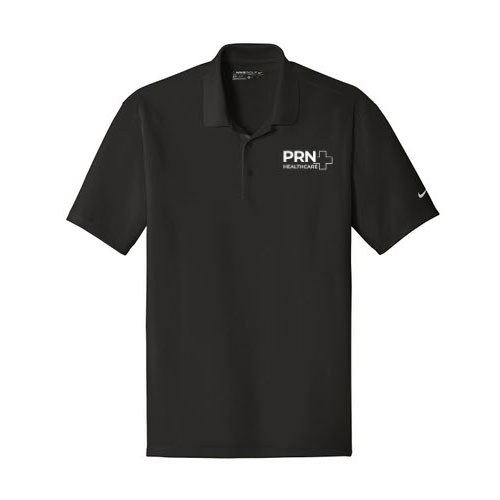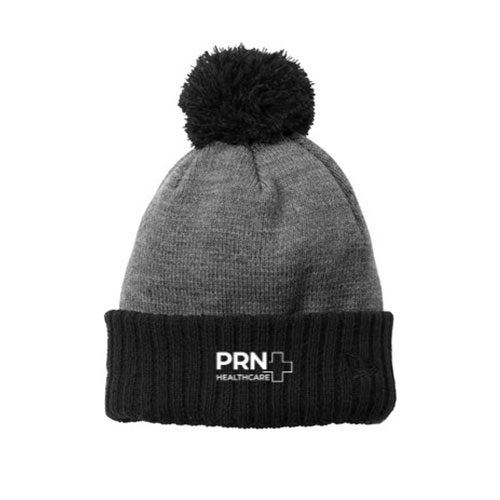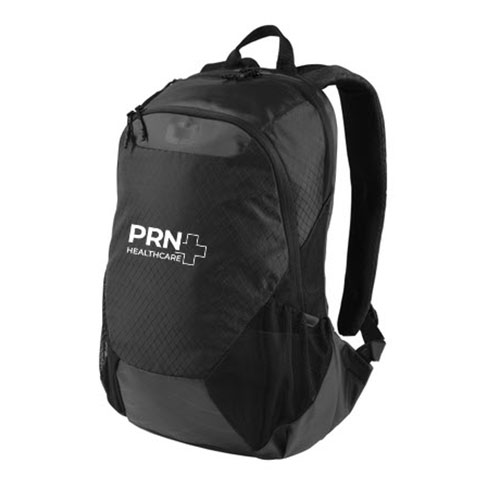Table of Contents
Why a good resume is essential when applying for a new L&D RN job
A well-crafted and effective resume is necessary to secure a position as a L&D RN. Your resume serves as your first introduction to an employer and is should be a tool to showcase your professional qualifications, skills, and unique experience. A compelling resume is your initial point of contact with a potential employer and should be written for a lasting impression.
Your resume should be detailed, yet concise, and should highlight your nursing degree (BSN) and any additional L&D specific certifications. It is used to effectively communicate your proficiency in labor & delivery and to differentiate you from a field of competitive candidates.
We will provide a few important tips and an example of a template resume to help improve your resume/CV and secure a job interview.
How long should a L&D RN’s job resume be and what information should be included?
A L&D RN’s resume should be comprehensive but concise. You should provide enough information to showcase your qualifications, skills, and experience. Generally, a resume should be around two to three pages in length, but you should prioritize content over the length.
The following information should be included in your resume: contact information, resume summary or objective, education, licensure, clinical experience, skills, professional membership, continuing education, certifications, and any honors and awards.
Key Points that need to be included in a resume
Contact Information: Include your full name, professional title, phone number, email address, and LinkedIn profile (if applicable).
Pro Tip: Your name should be highlighted with the biggest text on the page and listed near the top. Your address should only include city and state. The provided email should be a professional email, but not an employer email. (Never use your current job email for a resume.)
Resume Summary or Objective: Provide a brief, targeted statement summarizing your expertise, career goals, and what you offer as a L&D RN.
Education: Include your educational background, including the name of the institution, degree earned, and graduation date. List your education in reverse chronological order with your most recent and highest degrees first. List your RN degree.
Pro Tip: If you are a new graduate, you may want to place the education section above the experience section. As you gain work experience, your education section should be shortened. If you have not graduated, you can add “expected graduation date” to the school.
Certifications and Licenses: Specify any specialized certifications including Impatient Obstetric Nursing (RNC-OB), Neonatal Resuscitation Program (NRP), Electronic Fetal Monitoring (C-EFM), Certified Nurse-Midwife (CNM), Advanced Cardiac Life Support (ACLS) and/or Maternal Newborn Nursing (RNC-MNN).
Clinical Experience: Include your work history in reverse chronological order. For each position, include the name of the hospital or clinic, location, and dates of employment. Highlight any specialized procedure or technique you have experience performing.
This is the most important section as a L&D RN. Your professional experience should be presented in bullet points, and a separate section should be created for each relevant previous job. The headline for each previous job experience section should in bold with the addition of the time you were employed. Beneath the company name, the position should be mentioned, and the bulleted points should list the job responsibilities.
Pro Tip: It is important to mention not only the job responsibilities but also the achieved results at that job.
Presentations and Conferences: If applicable, include any conferences or seminars where you have presented your work or findings.
Skills: Outline both your technical and interpersonal skills that are relevant to a L&D RN. Include your proficiencies in relevant technology or subspecialties, such as fetal monitoring
Professional Memberships: List any associations like The Association of Women’s Health, Obstetric and Neonatal Nurses (AWHONN)
Awards and Honors: Highlight any special recognition or awards you have received for your contributions to the profession.
Professional Development: Showcase ongoing education, training, and workshops that you have attended to stay current in the field.
Note: If applicable, mention any languages that you are proficient in.
A labor & delivery RN’s resume should highlight a combination of medical, technical, interpersonal, and leadership skills. Here are some important and relevant skills to include:
- Fetal Monitoring:
- Proficient in operating electronic fetal monitors and identifying both normal/abnormal fetal heart rate patterns and uterine activity for labor progression.
- Pain Management:
- Expertise in administering epidurals and IVs, and knowledge of alternative therapies like breathing exercises and repositioning.
- Maternal Assessment:
- Conduct maternal assessments and recognize signs of complications like preeclampsia or gestational diabetes.
- Emergency Response:
- Be proficient in managing emergencies like postpartum hemorrhage with certifications in ACLS or NRP protocols.
- Neonatal Care:
- Provide maternal and initial newborn care.
- Compassion and Empathy:
- Provide emotional support during labor.
- Teamwork:
- Work collaboratively among the team in labor & delivery.
- Decision-Making:
- Ability to make informed and timely decisions in emergencies or when conditions change rapidly.
- Patient Advocacy:
- Act as a liaison between the patient and healthcare team to ensure their wishes and concerns are addressed while maintaining safety.
- Continuous Learning:
- Commitment to professional development and remaining current with advancements in maternal and neonatal care.
- Communication Skills:
- Effective communication with colleagues, patients, and their families.
- Educate and support mothers on what to expect during labor and how to care for their babies.
- Stress Management:
- Maintain composure under pressure during high-stress or emergency situations.
- Neonatal Resuscitation:
- Certified in Neonatal Resuscitation Program (NRP) to stabilize newborns in emergencies.
- Documentation and EMR Proficiency:
- Accurate charting in electronic medical records to ensure continuity of care and legal compliance.
Pro tip: It is common for each job post to receive hundreds of applications and a resume-checking system is often in place for recruiters to filter through relevant applications. You should customize your resume to each specific labor & delivery RN job you are applying for. Be sure to emphasize your relevant skills and experience to demonstrate to the employer you understand the requirements of the job and are the best candidate. You will be more successful if you identify the key phrases in the job description and incorporate them into your resume.
Resume example-template: You can view sample labor & delivery RN resumes online, and can even build and customize your resume on websites liked Live Career.




